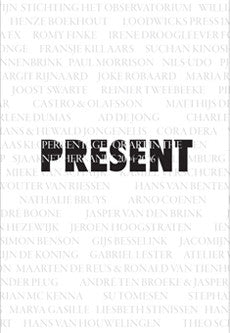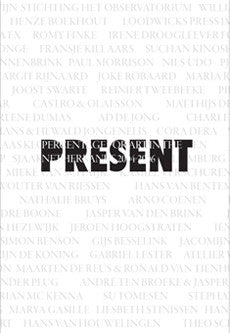Your cart is currently empty!
PRESENT Percentage for Art in the Netherlands 2004-2006
+++ +++
+++Tanja Karreman, Janine Schulze, Huib Haye van der Werf [eds]+++
978-90-5973-060-1 [episode]
Sander Boon
464
24.3 x 16.7
paperback with dvd
Available in English
special offer: now only € 12.50 instead of € 27,50 [the Netherlands] € 30,00 [Europe] € 33,00 [outside Europa]
PRESENT. Percentage for Art in the Netherlands 2004-2006 is a detailed and illustrated overview of all the art commissioned under the 'one per cent' rule (which states that at least one per cent of the construction budget for a public building must be earmarked for art).
It clearly shows how the Government Buildings Agency tries to coordinate the art it has commissioned with the context of the user as well as with the architecture itself, a concern that has frequently resulted in both interesting and unconventional visual solutions.
€12.50
PRESENT Percentage for Art in the Netherlands 2004-2006
€12.50
Architecture / Art / Special offer
978-90-5973-060-1 [episode]
Sander Boon
464
24.3 x 16.7
paperback with dvd
Available in English
special offer: now only € 12.50 instead of € 27,50 [the Netherlands] € 30,00 [Europe] € 33,00 [outside Europa]
PRESENT. Percentage for Art in the Netherlands 2004-2006 is a detailed and illustrated overview of all the art commissioned under the 'one per cent' rule (which states that at least one per cent of the construction budget for a public building must be earmarked for art).
It clearly shows how the Government Buildings Agency tries to coordinate the art it has commissioned with the context of the user as well as with the architecture itself, a concern that has frequently resulted in both interesting and unconventional visual solutions.



